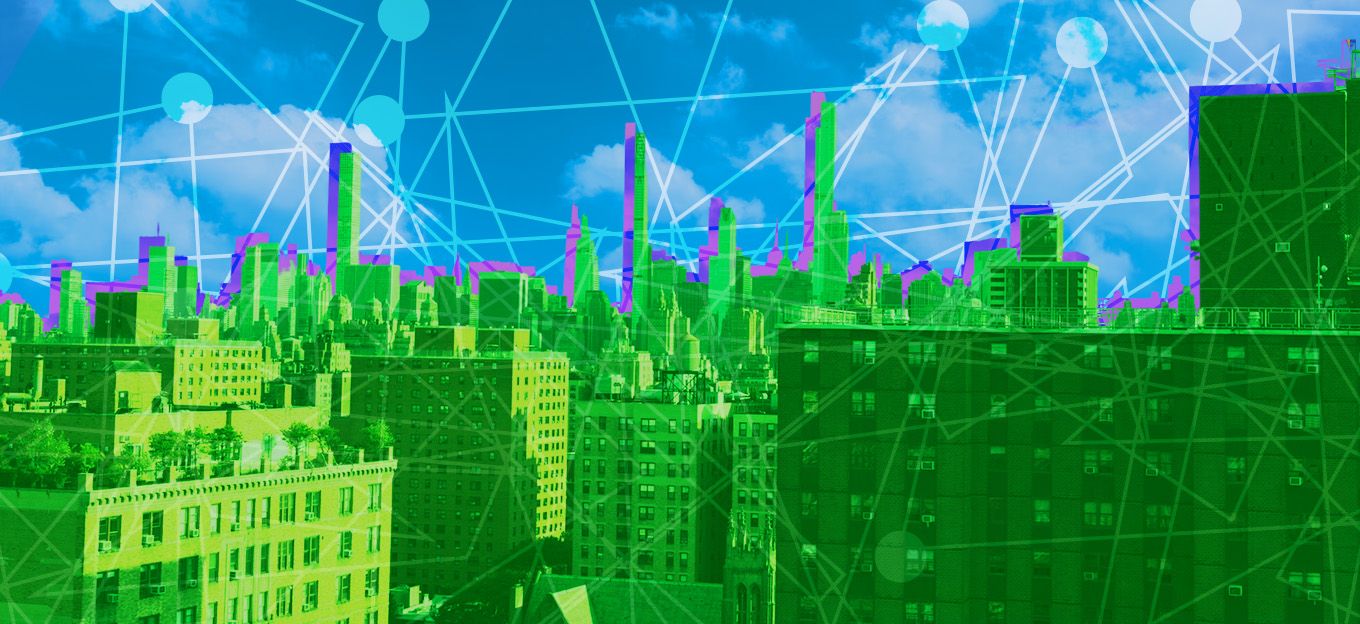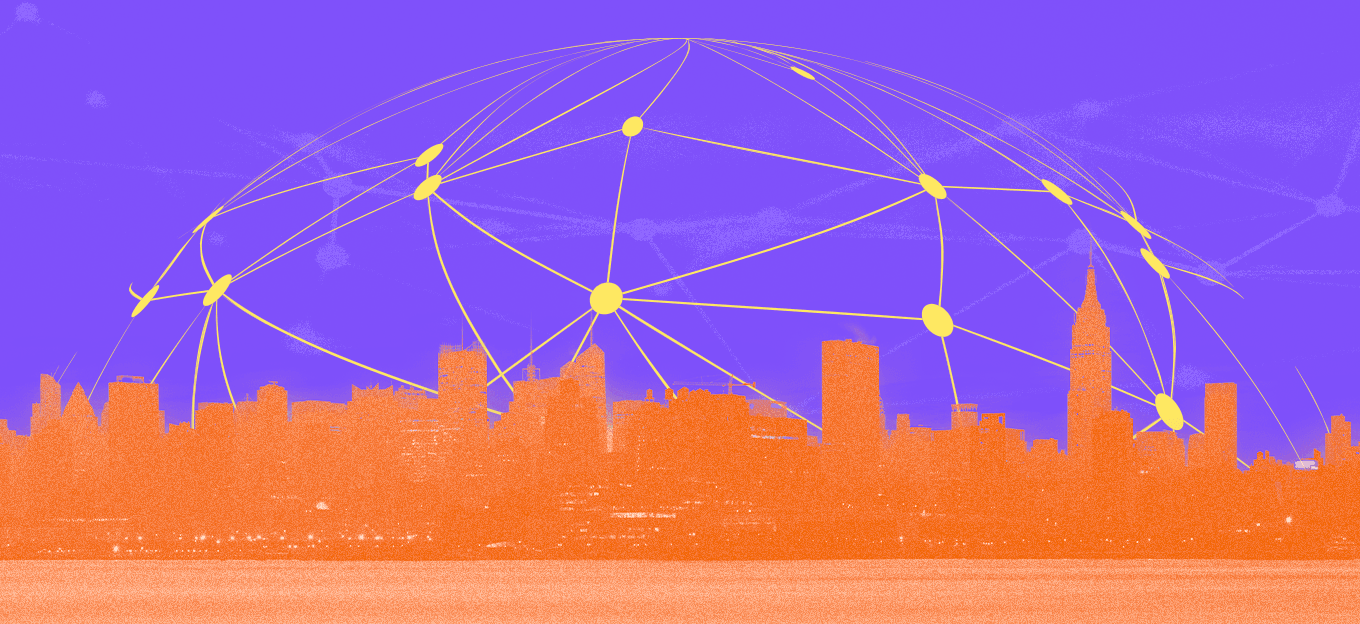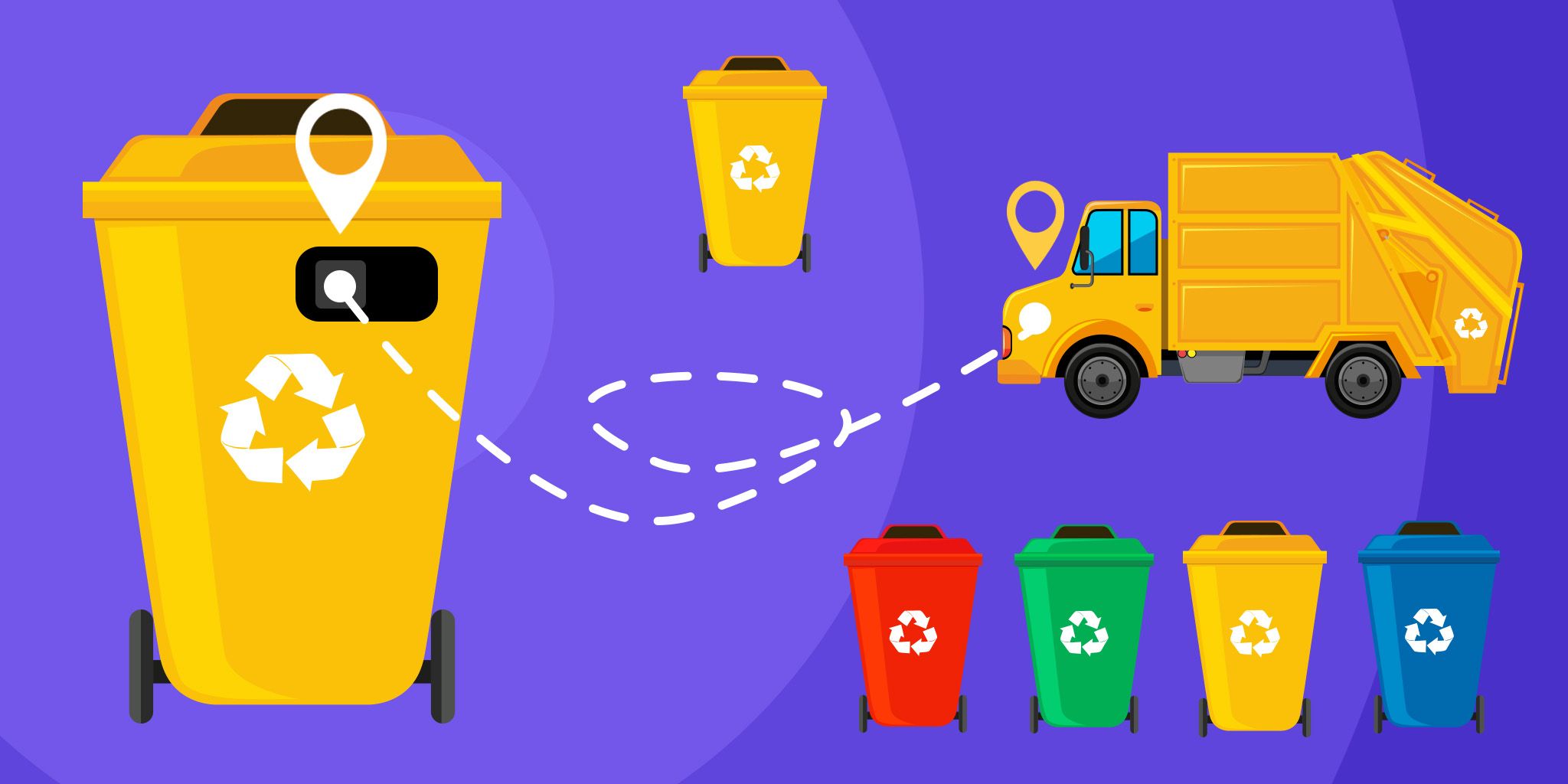Starting Out with City Digital Twins
Starting Out with City Digital Twins
- Last Updated: December 2, 2024
VROC
- Last Updated: December 2, 2024



City digital twins are an exciting innovation that has the potential to revolutionize the way cities are planned, designed, and managed. A city digital twin is a virtual replica of a city that incorporates data from various sources, including IoT sensors, satellite imagery, and other sources. We will explore the benefits and applications of city digital twins, and some practical tips on how to get started with a city digital twin project.
"A city digital twin is a virtual replica of a city that incorporates data from various sources, including IoT sensors, satellite imagery, and other sources."
-VROC
Benefits & Applications
#1: Improved Planning and Design
City digital twins can help city planners and designers make more informed decisions about the layout and design of the city. By incorporating real-time data from various sources, such as traffic flow, air quality, and pedestrian footfall, city digital twins can help identify potential problems before they arise. This can lead to more efficient use of space, reduced congestion, and improved safety.
#2: Enhanced Management and Maintenance
City digital twins can also be used to manage and maintain city infrastructure and equipment. By integrating data from IoT sensors and other sources, city managers can monitor the condition of transport infrastructure, public buildings, waste management, and other infrastructure in real-time. This can help identify potential problems earlier before they become major issues. With advanced analytics and artificial intelligence, managers will be able to predict future problems with a high degree of accuracy, which will further help with the scheduling of maintenance work, leading to reduced downtime and improved safety.
#3: Improved Citizen Engagement
City digital twins can also be used to improve citizen engagement. By providing citizens with access to real-time data about the city, such as traffic flow, air quality, and other information, they can be more informed about the city and its operations. This can lead to increased engagement and participation in city decision-making processes.
#4: Cost Savings
City digital twins can help cities save money by identifying potential problems before they arise, reducing the need for expensive repairs and maintenance work. They can also help with the optimization of city resources, such as the scheduling of highly skilled personnel or the pre-ordering of spares, both of which can lead to reduced costs and improved efficiency. In addition, routine inspections which consume large amounts of time can most often be replaced by the digital twin.
#5: Sustainability
City digital twins can also be used to improve the sustainability of cities. By analyzing energy use, traffic flow, and other factors, city managers can identify areas for improvement and implement sustainable solutions. This can lead to reduced emissions, improved air quality, and a more sustainable city for all.
Steps to Get Started with a City Digital Twin
A city digital twin can have many benefits, however, implementing it can be a complex process that requires careful planning and coordination across multiple stakeholders. Here are the practical steps to get started:
- Define Objectives and Goals: The first step is to define the objectives and goals of the city's digital twin project. This involves identifying the key areas of focus, such as transportation, energy, or public safety, and the specific outcomes you want to achieve.
- Collect Data: The next step is to identify the available data from various sources, such as IoT sensors, satellite imagery, and legacy systems. Historic and real-time data should be integrated into a single platform, where it can be organized, and stored in a secure and accessible format.
- Create a 3D Model: The next step is to create a 3D model of the city. This involves using the collected data to create a virtual replica of the city, including buildings, infrastructure, and other features. Gaming technology is now able to produce photorealistic rendering efficiently and has been seen in projects with the City of Wellington and the cloning of Shanghai.
- Develop Analytics and Algorithms: The next step is to develop advanced analytics and AI algorithms that can be used to analyze the data and provide insights into various aspects of the city. This involves developing models that can simulate various scenarios, such as traffic flow, air quality, or energy use. No-code AI platforms can assist cities in rapidly generating these insights.
- Test and Deploy: The next step is to test the city digital twin to ensure that it is working as expected. This involves testing various scenarios and validating the results against real-world data. Once testing is complete the digital twin can be deployed, allowing personnel across the organization to use it for monitoring and analyzing the initial key area of focus, ultimately making improved data-led decisions.
Evolution of City Digital Twin
A city digital twin can continuously evolve, and cities may initially decide to focus on one smaller sub-set, such as energy use at a few municipal buildings, or decorative lighting (as seen in The City of Bunbury). After successful project completion, they may decide to expand this to include additional facilities or a new focus area. This approach reduces the time to implement, meaning the city can obtain valuable insights from the innovation earlier.
City digital twins show an exciting potential to revolutionize the way cities are planned, designed, and managed. By incorporating real-time data from various sources, city digital twins can help improve planning and design, enhance management and maintenance, improve citizen engagement, save costs, and improve sustainability. With the potential to build better, more sustainable cities, city digital twins are definitely worth exploring further.
The Most Comprehensive IoT Newsletter for Enterprises
Showcasing the highest-quality content, resources, news, and insights from the world of the Internet of Things. Subscribe to remain informed and up-to-date.
New Podcast Episode

Moving Past the Pilot Phase in IoT and AI
Related Articles





